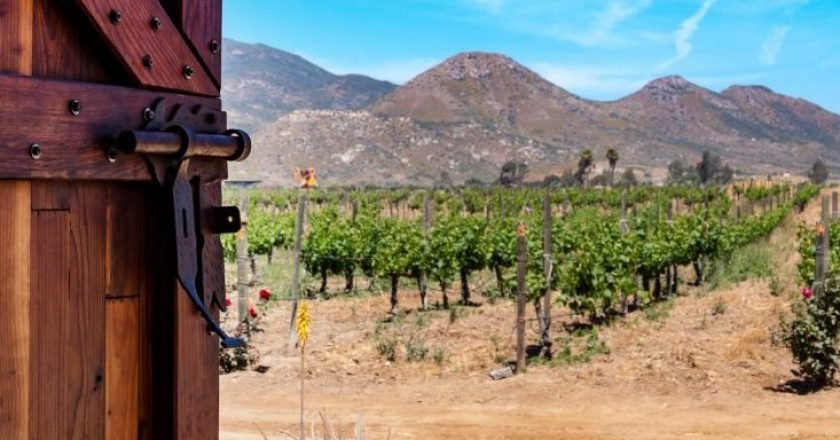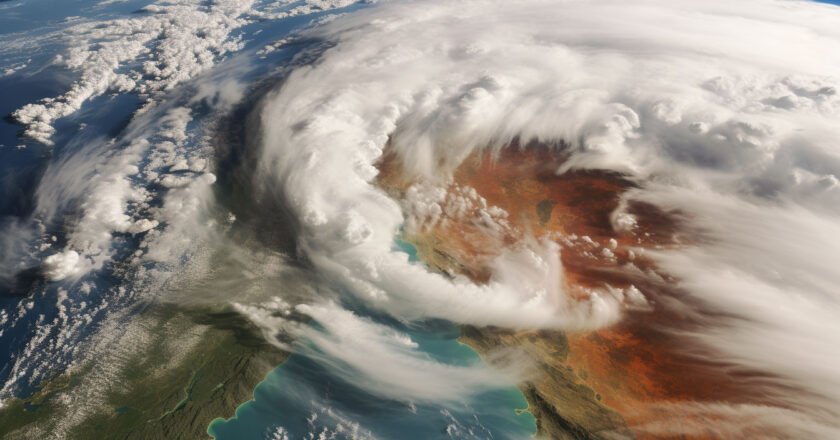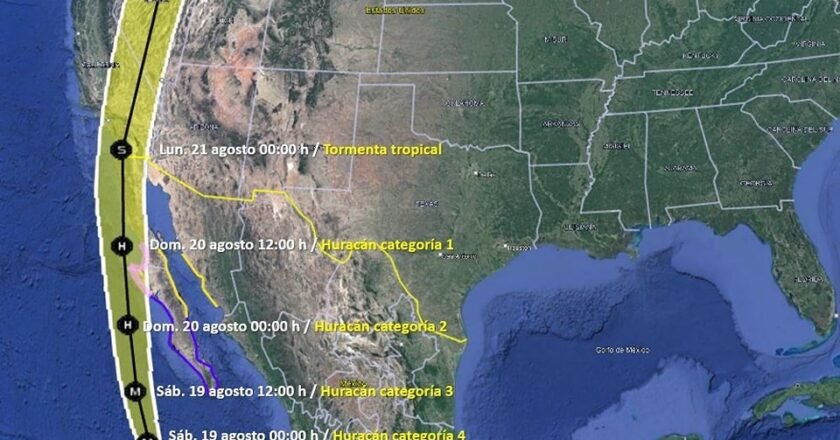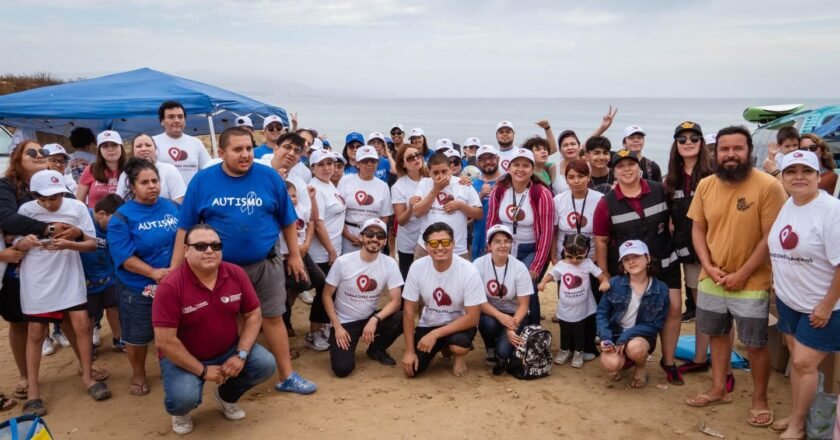In an effort to promote the diverse attractions and wonders of Tijuana and the Baja California region, the “8-Day Tour of Baja California” was unveiled at the Tijuana Tourism and Conventions Committee.
Lic. Arturo Gutiérrez Sánchez, President of the committee, expressed, “We are pleased to announce impactful tourism projects like this, initiated with the goal of encompassing a significant portion of the tourism offerings our state has. This reflects the growing interest in our region as a choice destination for tourists in recent years.”
He highlighted that this project is not only about promoting a single city, but all the destinations in this vast region. Different government entities, such as Cotucos, service providers, and other stakeholders, collaborate as one team in this initiative.
Miguel Galicia, General Director of Operadora Travel Shop, outlined that this tour package allows tourists to explore attractions in Tijuana, Rosarito, leading wine valleys, Ensenada, Tecate, La Rumorosa, La Chinesca, and Mexicali. The package includes transportation, hotel stays, and dining, ensuring visitors can fully immerse in the attractions without any hassle.
The 8-day journey kicks off with Day 1 in Mexicali, followed by Day 2 in the magical town of Tecate. Day 3 leads to Valle de Ojos Negros, followed by Valle de Santo Tomas on Day 4. Day 5 showcases Ensenada, including a city tour with craft beer tasting and street food exploration. Galicia mentioned that Day 6 will offer a trip to Valle de Guadalupe, featuring some of its renowned wineries. The tour then proceeds to the municipality of Playas de Rosarito on Day 7 and concludes on Day 8 with the Tijuana border and its various attractions.
“With this package, we want to emphasize that Baja California is more than just wines. Tijuana, for instance, offers exquisite cuisine and craft beer. Mexicali is famous for La Chinesca, and Ensenada is a coastal city boasting a significant cruise terminal on the Pacific coast. Each municipality has its unique hidden treasures,” Galicia stated.
Furthermore, this initiative aligns with a national proposal by the National Association of Travel Agencies (AMAV) that aims to promote comprehensive packages for various Mexican destinations. Raúl Islas Tovar, president of the Mexican Association of Travel Agencies in Baja California, mentioned that this tour complements the product offerings with major agencies, starting with Travel Shop, which will market it to travel agencies nationwide.
This product, created by Napoleón Medina of Cucapah DMC, an affiliate of AMAV, will initially run every Monday throughout the year and can be booked for as few as two people, inclusive of flight tickets, accommodation, and transfers.
For more information about the travel package visit Travel Shop website.









